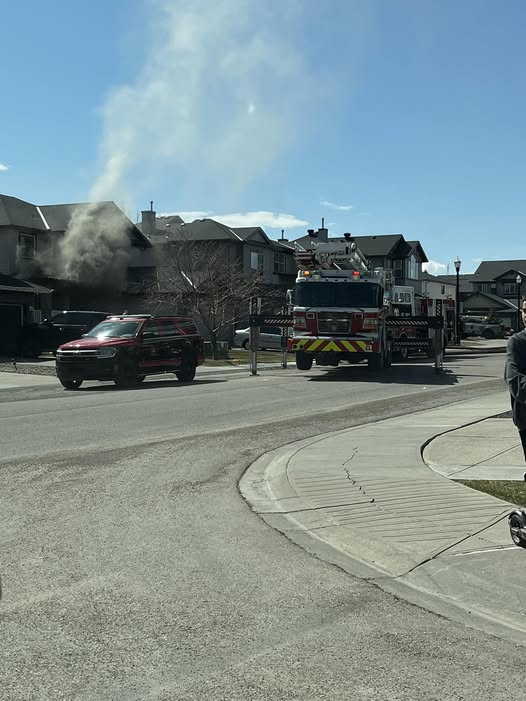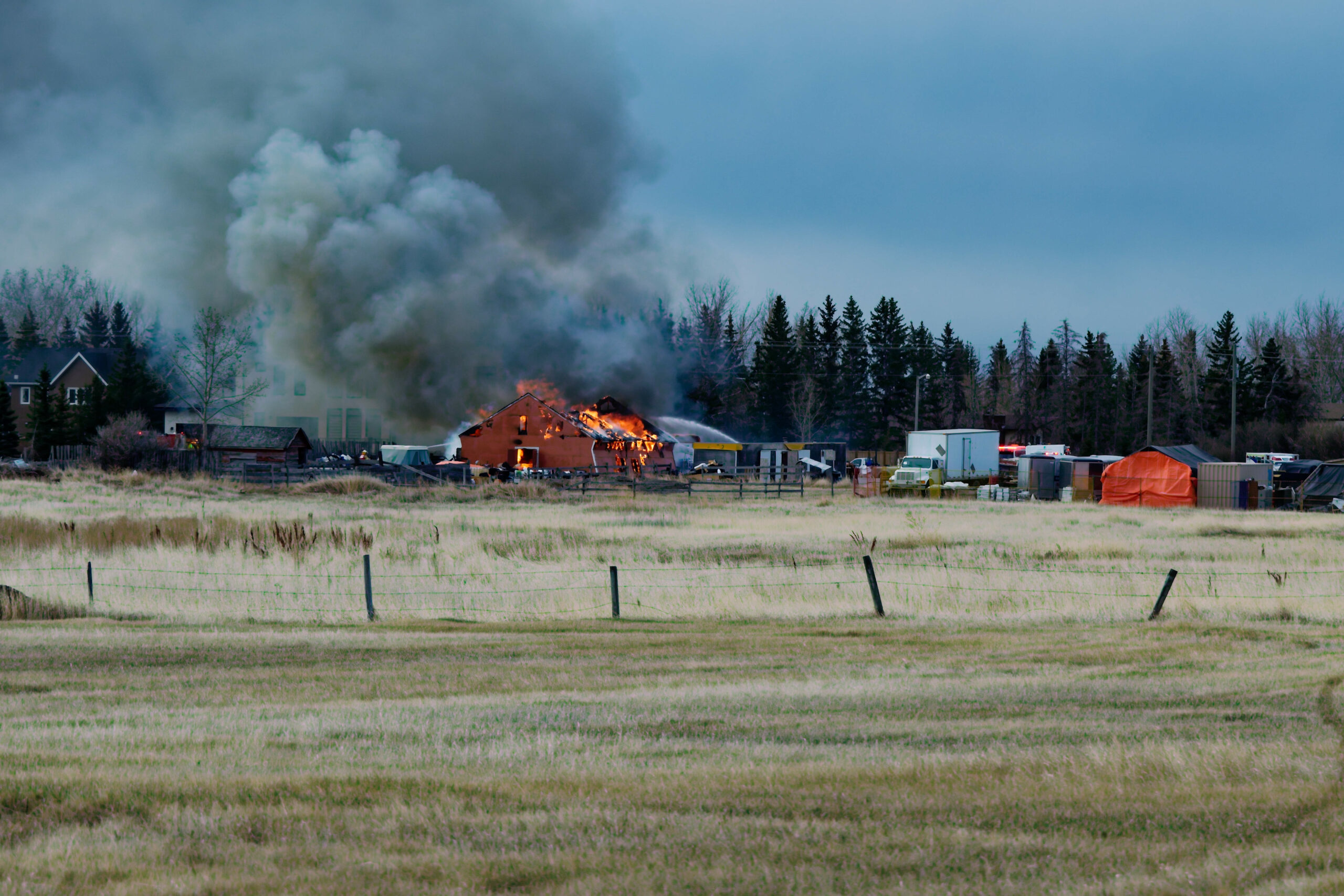The province of Alberta is expected to begin a four-stepped approach in easing COVID-19 restrictions on Feb. 8.
“We’re seeing positive trends, but we’re not yet at a point where we can fully ease restrictions,” said Premier Jason Kenney.
Step one of the four-step approach includes permitting children’s sports and performance activities if related to school, permitting one-on-one training for indoor fitness activities, restaurants, cafés, and pubs can be open until 11 p.m., restaurants, café and pubs must collect the contact information of one person from a dining party, up to a maximum of six per table, and individuals must be from the same household or the two close contacts for people living alone.
“There are many factors at play, and our numbers do remain high. At the same time, we recognize the damaging impacts that many restrictions have on people’s lives,” Kenney said.
“They cause financial stress that often turns into mental and emotional health problems, and that’s why Alberta’s government has always regarded restrictions as a last and limited policy choice, and that’s why we’ve never imposed a lockdown in our province,” he said.
Stay at home orders, curfews, business suspensions, and extended school closures were not an option, as Alberta was already experiencing a mental health crisis prior to COVID-19.
“It’s important that we show Albertans that there is a path forward, that if we continue collectively to do the right things, bending that curve down further, and reducing pressure on our hospitals that we can gradually relax public health restrictions,” Kenney said.
“This must be done carefully, slowly, and in a way that is driven not by opinions but by data,” he said.
Alberta’s path forward will be a stepped approach to easing restrictions based on hospitalization benchmarks, with total hospitalizations being the key metric that will guide how and when the province eases public health measures.
Hospitalizations were chosen as it’s a clear indicator of healthcare capacity and gives health officials an idea of how relaxations affect the health care system.
While Daily case numbers and case growth reflect recent transmission trends, daily case numbers and growth will be used to guide decisions around the need to pause further relaxations or potentially to increase restrictions.
“If cases of COVID-19 surge again, if one of the new viral variants takes hold in our communities, we will have to impose stronger restrictions,” Kenney said.
“We are comfortable with step one on Feb. 8, but we must do this in a careful, gradual, stepped approach so we can assess the impact of each stage of relaxations,” he said.
Step two would proceed only after the weekly average for hospitalizations drop below 450.
Some restrictions for retail, community halls, banquet halls, hotels, conference centres, children’s sports, performance activities, and indoor fitness would be eased.
“At least three weeks must elapse between two steps to assess the impact of gradual easing,” Kenney said.
“When we reach a hospitalization number of 300 COVID-19 patients’ things will open up a bit more at stage three, including easing of restrictions related to places of worship will be considered, the limited reopening of museums, art galleries, libraries, casinos, indoor seated events, movie theatres, and bingo halls. We will also consider indoor social gatherings with limitations.” He said.
Adding, “Step four could see us back to a similar position as we were in last summer. There will be restrictions but significantly more options for Albertans and Alberta businesses. Stage four brings us back to what many would consider being normal.”
Alberta’s stepped approach is dependent on the continuous decline in hospitalizations.
“We know that as measures are eased, there will be the risk of greater community spread and case growth, and that’s to be expected as more contacts between people are made, and more people are participating in different kinds of activities. That’s why moving from one step to another won’t be done automatically,” Kenney said.
“We’ll pay constant attention to leading indicators like new cases, active cases, the positivity rate, and the reproductive value. These leading indicators are what will provide immediate red flags that will tell us if we should stop, regroup and potentially tighten restrictions,” he said.
“We made significant progress and we can’t lose sight of that, he added. “The more we see our numbers go down, the clearer our path forward becomes, but let’s not let our guard down, and let’s keep working hard to get the hospitalization numbers down. We are not through the end of this yet.”







